
Recently Viewed
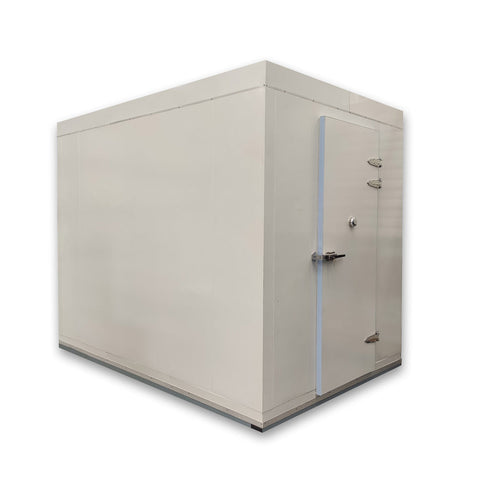

 Cool Room 2000(w) x 2000(d) x 2400(h)mm Coolrooms Plus CRP-C2
Cool Room 2000(w) x 2000(d) x 2400(h)mm Coolrooms Plus CRP-C2
2000(W) X 2000(D) X 2400(H)Mm
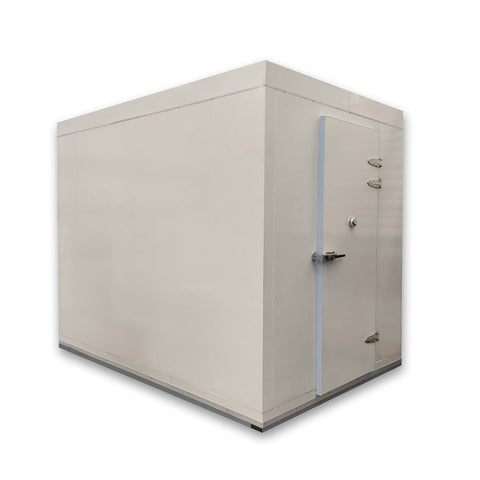

 Coolrooms Plus Cool Room
Coolrooms Plus Cool Room
1500-4000(W) X 1500-2600(D) X 2400-2600(H)Mm
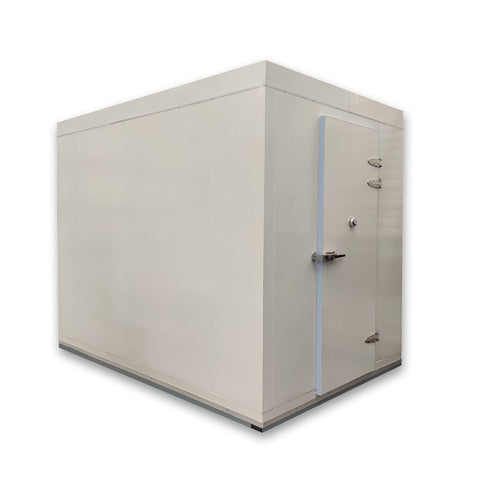

 Cool Room 2400(w) x 2400(d) x 2400(h)mm Coolrooms Plus CRP-C4
Cool Room 2400(w) x 2400(d) x 2400(h)mm Coolrooms Plus CRP-C4
2400(W) X 2400(D) X 2400(H)Mm
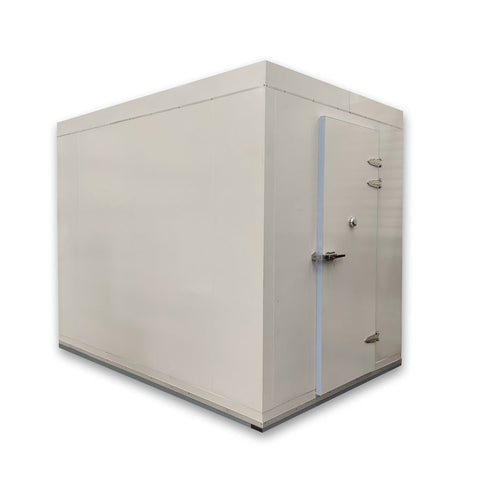

 Cool Room 2400(w) x 1800(d) x 2400(h)mm Coolrooms Plus CRP-C3.1
Cool Room 2400(w) x 1800(d) x 2400(h)mm Coolrooms Plus CRP-C3.1
1800(W) X 2400(D) X 2400(H)Mm
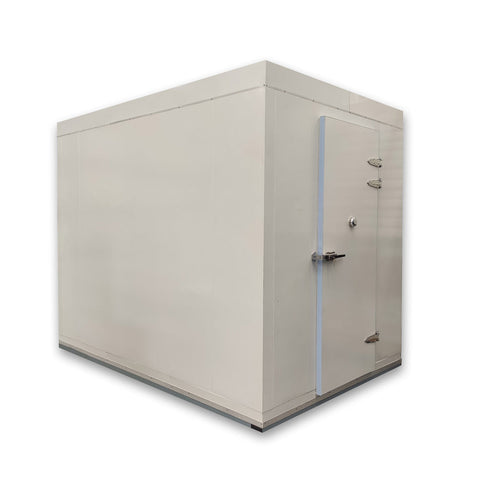

 Cool Room 3000(w) x 2400(d) x 2400(h)mm Coolrooms Plus CRP-C5.1
Cool Room 3000(w) x 2400(d) x 2400(h)mm Coolrooms Plus CRP-C5.1
3000(W) X 2400(D) X 2400(H)Mm


 Cool Room 4000(w) x 3000(d) x 2400(h)mm Coolrooms Plus CRP-C9
Cool Room 4000(w) x 3000(d) x 2400(h)mm Coolrooms Plus CRP-C9
4000(w) x 3000(d) x 2400(h)mm
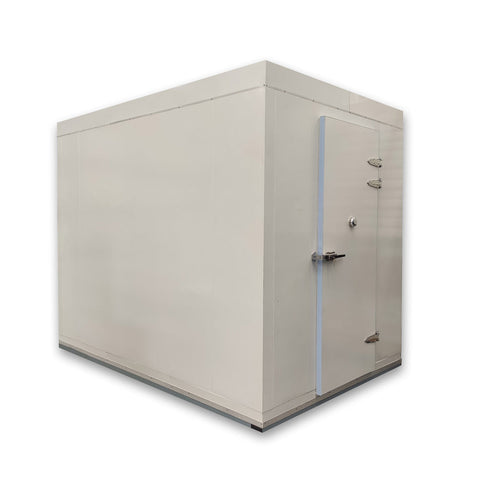

 Cool Room 3000(w) x 2000(d) x 2400(h)mm Coolrooms Plus CRP-F5
Cool Room 3000(w) x 2000(d) x 2400(h)mm Coolrooms Plus CRP-F5
3000(W) X 2000(D) X 2400(H)Mm


 Cool Room 3000(w) x 2000(d) x 2400(h)mm Coolrooms Plus CRP-C5
Cool Room 3000(w) x 2000(d) x 2400(h)mm Coolrooms Plus CRP-C5
3000(W) X 2000(D) X 2400(H)Mm


 Cool Room 2400(w) x 1800(d) x 2400(h)mm Coolrooms Plus CRP-C3
Cool Room 2400(w) x 1800(d) x 2400(h)mm Coolrooms Plus CRP-C3
2400(W) X 1800(D) X 2400(H)Mm


 Cool Room 1500(w) x 1800(d) x 2400(h)mm Coolrooms Plus CRP-C1.2
Cool Room 1500(w) x 1800(d) x 2400(h)mm Coolrooms Plus CRP-C1.2
1500(W) X 1800(D) X 2400(H)Mm


 Cool Room 1800(w) x 1200(d) x 2400(h)mm Coolrooms Plus CRP-C1.1
Cool Room 1800(w) x 1200(d) x 2400(h)mm Coolrooms Plus CRP-C1.1
1800(w) x 1200(d) x 2400(h)mm
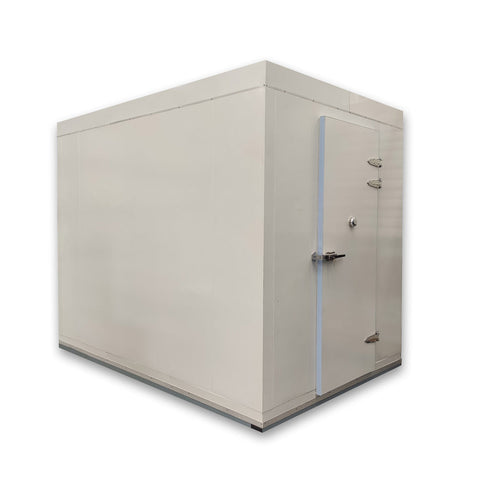

 Cool Room 2000(w) x 2400(d) x 2400(h)mm Coolrooms Plus CRP-F8
Cool Room 2000(w) x 2400(d) x 2400(h)mm Coolrooms Plus CRP-F8
2000(W) X 2400(D) X 2400(H)Mm


 Cool Room 2000(w) x 2400(d) x 2400(h)mm Coolrooms Plus CRP-C8
Cool Room 2000(w) x 2400(d) x 2400(h)mm Coolrooms Plus CRP-C8
2000(W) X 2400(D) X 2400(H)Mm
2400(W) X 2000(D) X 2400(H)Mm


 Cool Room 2600(w) x 2600(d) x 2600(h)mm Coolrooms Plus CRP-C7
Cool Room 2600(w) x 2600(d) x 2600(h)mm Coolrooms Plus CRP-C7
2600(w) x 2600(d) x 2600(h)mm
4000(w) x 2400(d) x 2400(h)mm


 Cool Room 4000(w) x 2400(d) x 2400(h)mm Coolrooms Plus CRP-C6
Cool Room 4000(w) x 2400(d) x 2400(h)mm Coolrooms Plus CRP-C6
4000(w) x 2400(d) x 2400(h)mm
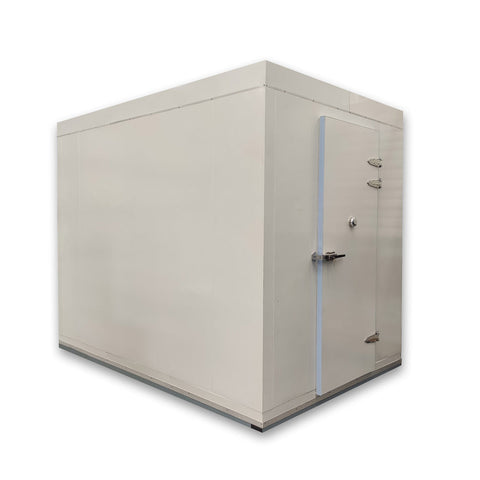

 Cool Room 2400(w) x 2400(d) x 2400(h)mm Coolrooms Plus CRP-F4
Cool Room 2400(w) x 2400(d) x 2400(h)mm Coolrooms Plus CRP-F4
2400(W) X 2400(D) X 2400(H)Mm


 Cool Room 2400(w) x 1800(d) x 2400(h)mm Coolrooms Plus CRP-F3
Cool Room 2400(w) x 1800(d) x 2400(h)mm Coolrooms Plus CRP-F3
2400(W) X 1800(D) X 2400(H)Mm


 Cool Room 2000(w) x 2000(d) x 2400(h)mm Coolrooms Plus CRP-F2
Cool Room 2000(w) x 2000(d) x 2400(h)mm Coolrooms Plus CRP-F2
2000(W) X 2000(D) X 2400(H)Mm


 Cool Room 1500(w) x 1500(d) x 2400(h)mm Coolrooms Plus CRP-C1
Cool Room 1500(w) x 1500(d) x 2400(h)mm Coolrooms Plus CRP-C1
1500(W) X 1500(D) X 2400(H)Mm
Commercial cool rooms are convenient and essential appliances for any establishment with high storage needs. Whether used for food or drinks, their large capacity increases stock-holding capacity, reducing the time, effort, and frequency of restocks. Despite their size, they can be installed in a number of ways, including outdoor installation and portable options like on a trailer.
Cool rooms are designed with high-quality insulation and powerful cooling to ensure consistent temperatures that maintain the integrity and freshness of your ingredients and stock. They’re also designed to be as energy-efficient as possible, reducing power usage while simultaneously improving food health and safety and storage capabilities.
At Restaurant Equipment Online, we have a broad range of sizes and models to give you an option that matches the needs of your business.
Cool rooms are versatile pieces of equipment that offer large-scale commercial refrigeration to restaurants and food service establishments. They can be used for a broad range of products, from pre-prepared food to fresh ingredients like meat, dairy, fruit, and vegetables. They’re also an excellent choice for maintaining consistent temperatures for drinks, including fine wines and beers.
Walk-in cool rooms are dedicated rooms with built-in refrigeration that ensure perishable or temperature-sensitive stock is kept consistently cool. They can be used in a number of establishments, from restaurants and cafes to food retail businesses like grocery stores and supermarkets. They help streamline storage, delivering high capacity and easy access to stock.
Walk-in cool rooms come in a range of sizes and setups, catering to the unique needs of your business.
While all cool rooms serve the same purpose, their design can vary depending on their application and location.
Walk-in cool rooms are typically the largest refrigeration units that hold a high volume of perishable stock. Modular cool rooms are slightly smaller but can be customised more easily and are suitable for businesses with more limited space or less need for high storage volumes. There are also freestanding models that can be moved with a trailer for portable cold storage. Cold rooms can be custom-built according to the unique specifications required of a commercial kitchen, making them one of the most versatile solutions.
Cool rooms, as with any appliance, require the help of a professional electrician or contractor to install properly and safely. The process involves choosing the best possible location to store it, which factors in ventilation and access to adequate power supply.
You may also need floor panels, which can be purchased along with our kits, unless you install yours on a concrete floor. Once the location is chosen, your technician will set up the cool room, ensuring the insulation and shelving are installed and working properly.
The optimal temperature for your cool room can vary depending on what you’re using it for. However, as a general guide to ensure food is chilled enough to avoid spoiling and wastage, a temperature between 1℃ and 4℃ is optimal.
The length of time your food will last depends on the temperature of your cold room and the nature of the food you’re storing. Highly perishable foods that have a greater food safety risk, like raw meat and fish, will last from two to four days. Dairy, including everything from milk to cheese, can last for up to a week. Vegetables and fruits can vary depending on how you store them.
We recommend following the general guidelines on the packaging of your ingredients to ensure optimal freshness and food safety. If you have concerns regarding specific ingredients, you can contact our team, and we will give you more specific information. Depending on your preferences, you may want to consider adding a commercial freezer to your kitchen setup for longer-term storage solutions.
Cold rooms operate by creating a temperature-controlled space where you can store various ingredients, drinks and pre-prepared foods. They also maintain a steady level of humidity, an important feature in retaining the quality of your food. Similar to dry-age fridges, they ensure the room is dry enough that bacteria growth is inhibited to maintain freshness and quality for far longer. This is achieved through proper sealing around the doors, along with high-quality insulation to maintain consistent internal conditions.
As with a standard upright refrigerator, you’ll also need to clean and maintain your cool room to ensure optimal performance and extend its lifespan. There are a few key things we recommend to keep yours fully operational but also up to health and safety standards:
Clean your cool room regularly, ensuring you wipe down all shelving and flooring to remove any dirt, mould or food spillages. We recommend using a mild detergent in warm water and wiping it down with a microfibre cloth after to soak up any excess moisture.
Along with cleaning the internals, you should also check the condenser and make sure there isn’t a build-up of dust on the ventilation. This can impact the consistency of your internal temperature, so cleaning with a brush or vacuum is important.
Long-term maintenance should also include checking the seals and the temperature. If your seals start to wear down, they won’t retain the cold as well as they should. Equally, check the temperature thermostat to ensure your cool room is still at the correct temperature. Depending on what you’re storing, you may also need to adjust it slightly to maintain your fresh ingredients.
Finally, periodically defrosting your cool room will help prevent ice build-up. When you order a cool room from us, you'll receive manufacturer guidelines, meaning you’ll have access to the information you need to maintain and defrost your model properly.
Cool rooms are designed to operate at similar levels to smaller commercial models, with their temperatures typically ranging between 0℃ to 5℃. This is the optimal temperature to maintain the quality and safety of a range of foods, from meat and dairy to fruit and vegetables. If you need longer-term solutions with far cooler temperatures, you may also want to consider freezer rooms.
Adding a commercial cool room to your kitchen setup has several benefits. The first and most obvious key benefit is its large capacity, which gives you more room to store an abundance of stock.
Along with space, they offer exceptionally reliable temperature control. This helps to preserve food better and for longer, reducing the risk of spoilage and stock loss. The level of consistency also helps to ensure that food is kept at the same temperature as long as it’s being stored, improving the food safety of your establishment.
Cool rooms are designed to be energy efficient thanks to insulation that reduces the transfer of heat. This helps to save money in the long run by lowering your energy bills.